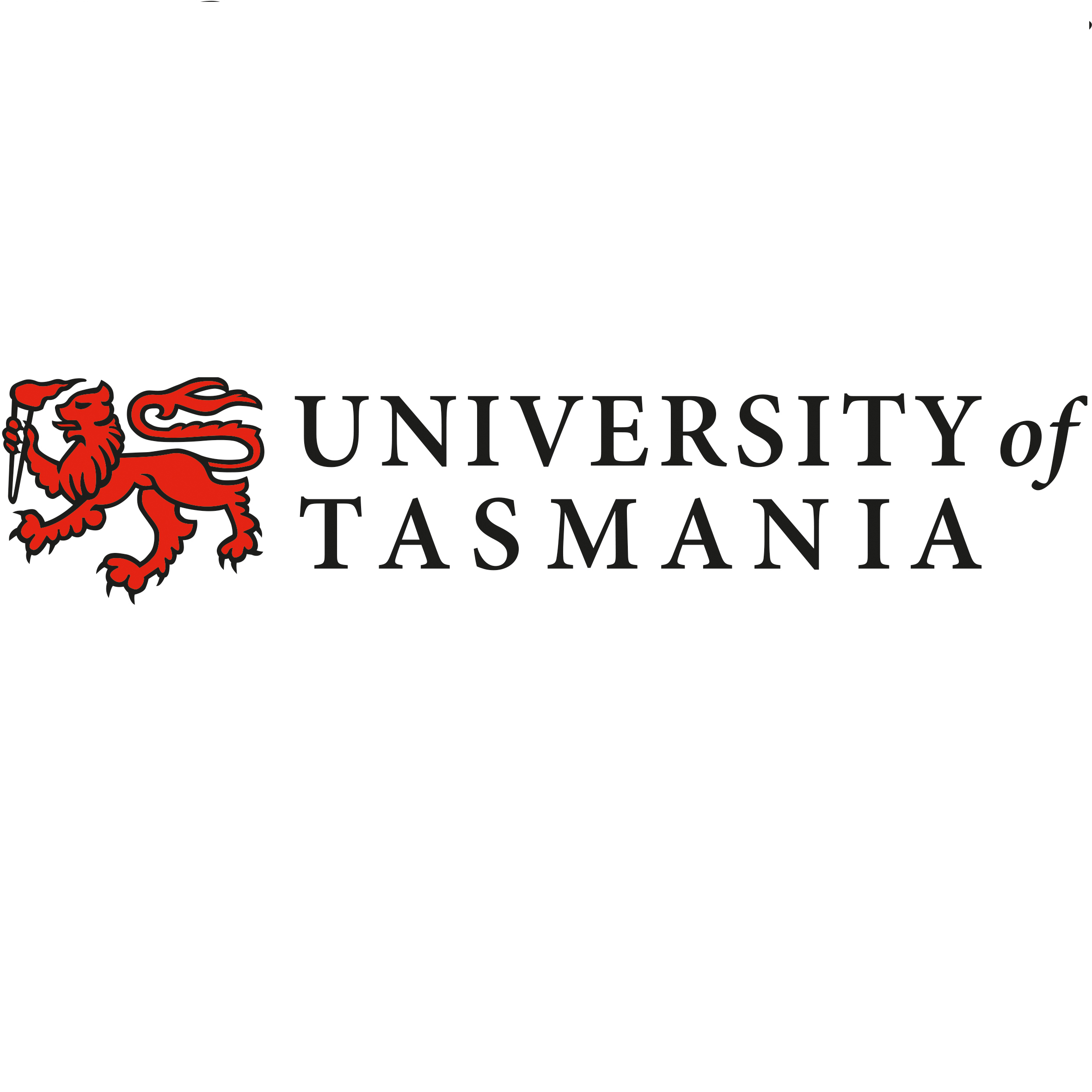Full description
Intraspecific variation in the thermal tolerance of microscopic giant kelp (Macrocystis pyrifera) sporophytes was tested using a common garden experiment, where 49 unique family-lines were raised under four different water temperatures (12, 16, 20, and 24°C). The unique family-lines were taken from ongoing giant kelp gametophyte cultures held at IMAS, and represented F1 offspring from seven 'selfed' individuals collected from 6 sites across ~250km in Tasmania, Australia, in addition to a site-level cross from each of the sites, and a panmictic cross using the 42 pure family lines.Survivorship of the selected warm-adapted family-lines after outplanting trials at restoration sites can be found here with the associated dataset "NESP Marine Hub Project E7 outplanted kelp survivorship". https://metadata.imas.utas.edu.au/geonetwork/srv/eng/catalog.search#/metadata/908afd8c-cc7a-4ea3-a87e-4497ae8da87a
Lineage
Maintenance and Update Frequency: asNeeded
Statement: Intraspecific variation in thermal tolerance of microscopic sporophytes was tested using a common garden experiment, where 49 unique lines were raised under four different water temperatures (12, 16, 20, and 24°C). The common garden setup consisted of four temperature-controlled seawater baths, each containing the 49 family lines in individual 750 mL containers filled with seawater (containers were randomly positioned within each bath, and each bath randomly allocated a water temperature). All the baths were situated within a temperature-controlled room at 12°C, and the 16, 20, and 24°C seawater baths heated by aquarium heaters. All seawater used was 0.2μm filtered and UV sterilised, but had no added nutrients; in order to simulate ambient levels of nutrients from Tasmania. Each testing container was sealed except for a seawater inlet, a filtered air inlet, and an outlet. Aeration in each was achieved by constant gentle bubbling from a common air source, whilst every container within an individual seawater bath was connected to a single 25 L temperature-controlled header tank (i.e. one header tank per temperature treatment). Every ~72 hours the header tanks were opened, and each container received ~500 mL of new seawater (with the excess seawater overflowing from the outlet of each container).
The family lines were introduced to the individual containers as gametophytes seeded onto a two microscopic slides, and fertilised at the common temperature of 12°C, to remove any effect of temperature on fertilisation success. At this initial stage, each water bath was illuminated with blue fluorescent lighting on a 12:12 light/dark cycle for 14 days, followed by an additional 14 days of illumination under blue and white light fluorescent lighting. Following development to the very early sporophyte stage over this period, the temperature in each bath was adjusted to the experimental temperature at a rate of ~2°C every 24 hours (thus the 24°C water bath took 6 days to reach the experimental temperature). At this point, the experiment was considered to have begun.
After this period, sporophytes were allowed to develop and grow for ~40 days. One microscope slide was then taken each container, and the sporophytes counted and photographed under a microscope from a standardised central portion of the slide.
Notes
CreditAustralian Government’s National Environmental Science Program (NESP) Marine Biodiversity Hub
Modified: 2020-04-06
Data time period: 2019-08-16
text: westlimit=146.77027043; southlimit=-44.0450215947; eastlimit=148.615973555; northlimit=-40.4702546244
text: uplimit=10; downlimit=1
Subjects
Biological Sciences |
EARTH SCIENCE | AGRICULTURE | AGRICULTURAL AQUATIC SCIENCES | AQUACULTURE |
EARTH SCIENCE | AGRICULTURE | AGRICULTURAL PLANT SCIENCE | PLANT BREEDING AND GENETICS |
EARTH SCIENCE | BIOSPHERE | ECOLOGICAL DYNAMICS | SPECIES/POPULATION INTERACTIONS | NATURAL SELECTION |
EARTH SCIENCE | BIOSPHERE | ECOSYSTEMS | MARINE ECOSYSTEMS | COASTAL | KELP FOREST |
Ecological Applications |
Ecology |
Environmental Science and Management |
Environmental Sciences |
Ecological Impacts of Climate Change |
Environmental Management |
Macrocystis pyrifera |
Marine and Estuarine Ecology (Incl. Marine Ichthyology) |
Plant Biology |
Phycology (Incl. Marine Grasses) |
Temperate Reef |
average size of surviving sporophytes |
biota |
giant kelp |
individual (coded by site and replicate #) |
macroalgae |
ocean warming |
seaweed |
sporophyte abundance after the testing period |
temperature |
the source region of the parental material |
the source site of parental material. |
the testing temperature |
the type of cross used to fertilise the gametophytes and promote sporphyte developement. |
thermal tolerance |
User Contributed Tags
Login to tag this record with meaningful keywords to make it easier to discover
Other Information
(DATA ACCESS - thermal tolerance experimental data [direct download])
(ASSOCIATED DATA - Outplanted kelp survivorship)
global : e4fe92af-fb0e-4eba-aad9-9a3730c4369d
Identifiers
- global : 0b91d7fd-7d29-452f-954a-78cf75151035


